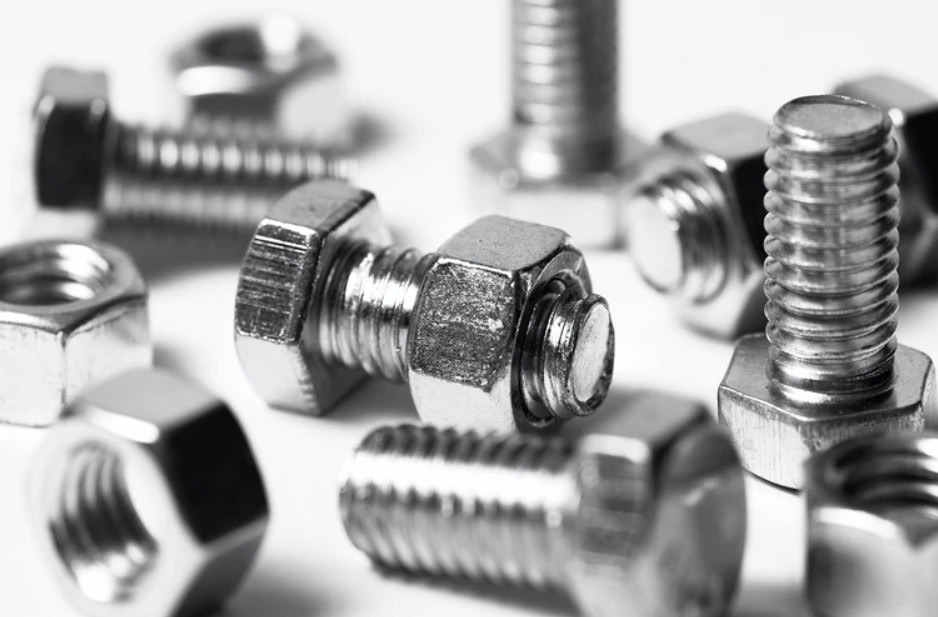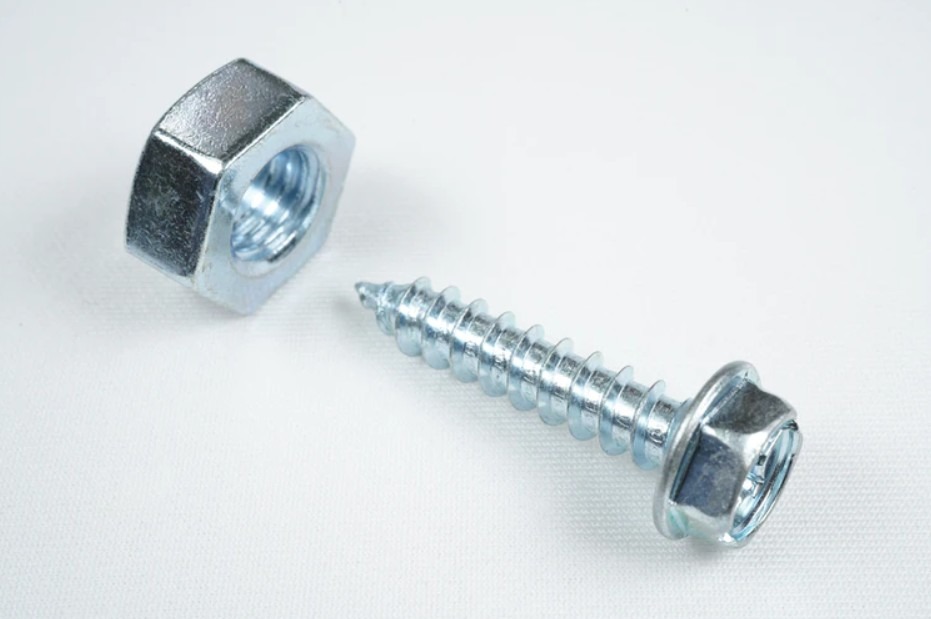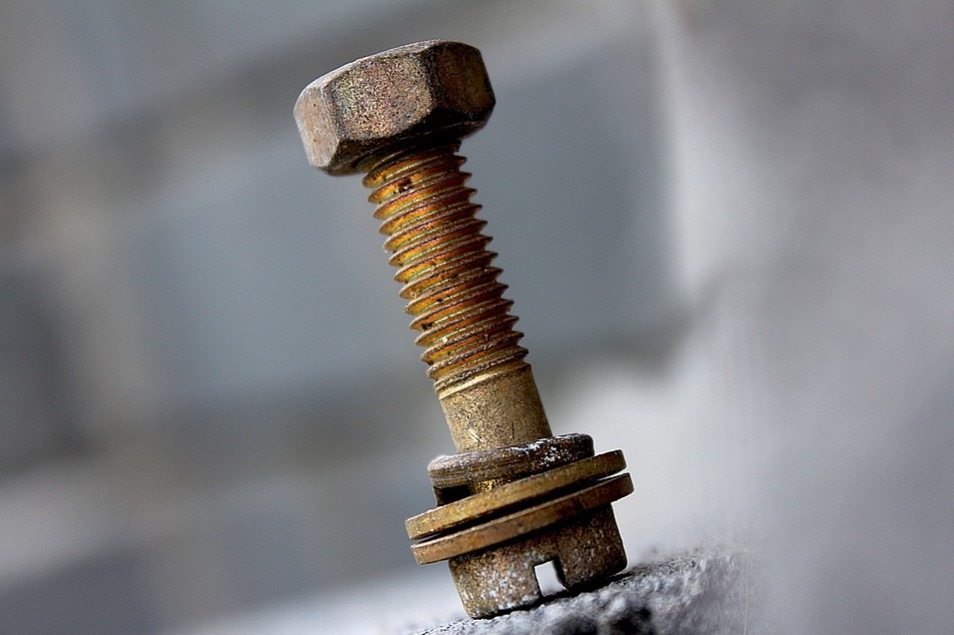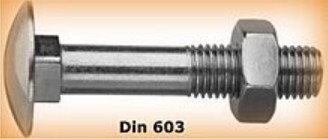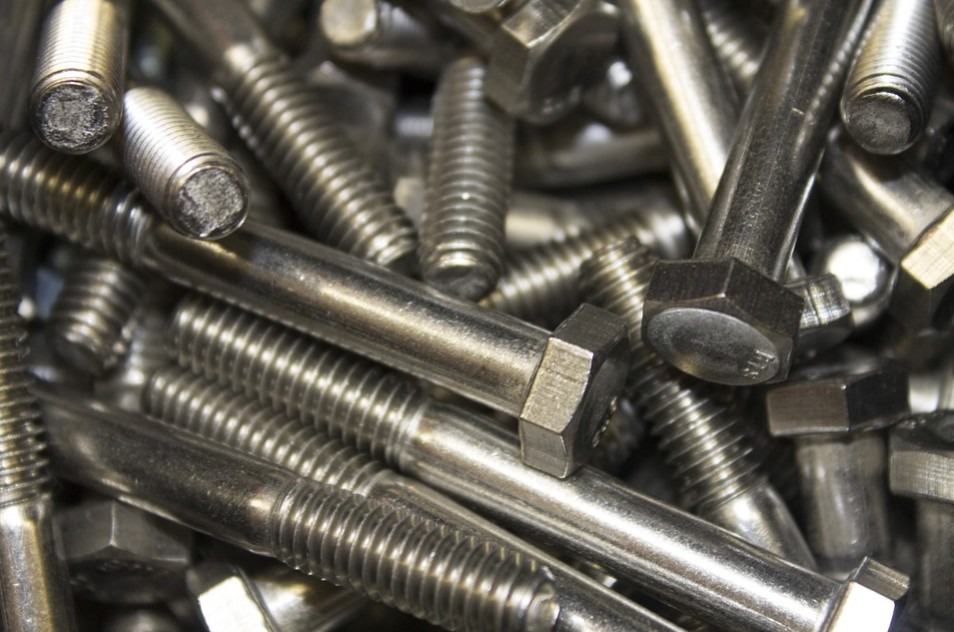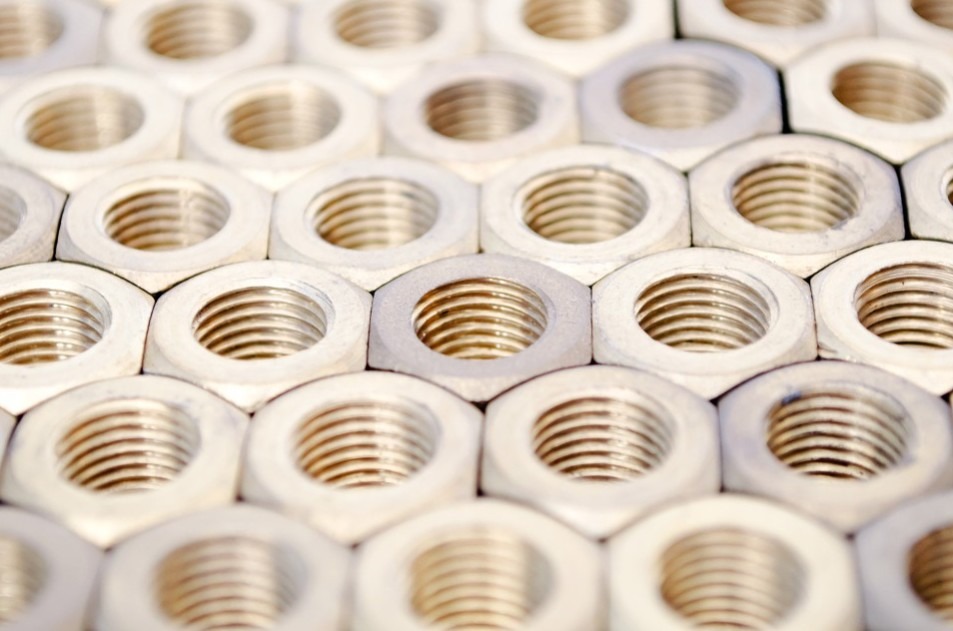With the covid-19 pandemic, we all are stuck at home trying to stay safe from the deadly virus and avoiding human contact as much as possible. Staying at home all the time might sound dull but, now is the perfect opportunity to do some DIY projects and fix things around the house that you have been delaying for quite a while now. While working around refurbishing your garage racks or kitchen sinks, you are going to need a lot of bolts and nuts. Have no idea what they are? Here is some basic knowledge about bolts and how to choose them!
What are Bolts?
A bolt is a mechanical fastener usually made out of carbon steel. They are used in manufacturing industries to connect two or more parts. The best quality bolts are from alloyed carbon steel of grades 2, 5, or 8, provided what their purpose is. Bolts are a crucial part of every industry, from making cars, airplanes, and other automotive vehicles to making toys and gardening tools.
A bolt consists of two parts: a cylindrical part with the treads in the end (called the male part) and nuts with threads inside to fit perfectly on the bolt. The nut is called the female part.
Types of Bolts for Home Projects
Bolts are of various types. They can be distinguished depending on their shape, strength, finishing, the material used, number of threads, etc. Below is a list of some commonly used bolts:
1) Anchor Bolts
Anchor bolts are brought into play while working with concrete. The head is placed in the concrete before it hardens. The thread is left exposed to be screwed later on. In some cases, anchor bolts are drilled into concrete afterward.
2) Carriage bolts
These bolts have a square section above the threaded section to prevent them from moving. It acts as a self-locking mechanism. You can tighten the bolt from the nut side without using a wrench. They are used to fasten metal with wood.
3) Double-end Bolts
Also known as studs, this bolt type does not have the head end. Instead, it has a threaded side on both ends. It looks like a threaded rod: only the center is smooth. They are used to attach flanges or pipes. They are available in various lengths.
4) Hex Bolts
As the name implies, a hexagon-headed bolt has a six-sided hexagon-shaped head. The threaded part begins right below the head. Hence, the whole length of the bolt is threaded. They are used to attach wood with wood or metal to wood.
5) U Bolts
These U-shaped bolts have threaded ends on both sides where the nut and mounting plate bracket are placed. They are used to join metal objects. Hence, sometimes contain a rubber case to prevent wear and noise due to the movement of the metals. You can utilize them when working with pipes or exhaust systems.
6) Bent Bolt
These bolts, unlike most bolts, are not straight. They are bent at a right angle from the end to meet specific requirements. People mainly use these bolts in water, steel, and metal-related work.
What To Consider When Buying Bolts
There are 12 different types of metal fasteners commonly found. Each has a divergent job. While buying bolts, you need to be very particular about your requirements. Here are factors you need to consider:
1) The Size of The Bolt Hole
While working on projects consisting of bolt holes, the manufacturers usually mention the hole size. It is essential to buy the size that perfectly fits the hole. If the bolt fits in loose, it will be useless. It would not hold the objects in place, and if it is too clenched, it might break itself or damage the wood or metals you attach with it. Hence, always consider the size before getting bolts. In case you don’t know the bolt hole size, contact the manufacturer.
2) The Thickness of The Material
The type of bolts also depends on the thickness of the materials you are working on or creating. In case you are working with thin metal sheets, a large-diameter bolt will not work well. When there is pressure in the metal sheets, they might bend due to the heavy bolts. It is better to use several small bolts when working with thin objects.
3) How Many to Use; How to Place Them?
While working with bolts, you need to keep the friction factor in mind. Using just one bolt is not going to hold things in place. The number of bolts required depends on the purpose of their use. To restrict rotation, you need two bolts. To restrain bending, you will have to use a minimum of 3 bolts but do not place them in line. Usually, people use a set of four bolts, as this is an ideal pattern and holds back the objects firmly. The greater the distance between the bolts, the stronger the grip.
4) Strength Of the Bolt
Bolts are of grade 2, 5, and 8 carbons. The strength required depends on the purpose you need the bolts for and your project. For safety, use bolts with self-locks or better grip.
In case of heavy force, look into the diameter of the bolts. In the case of tension, consider the number of threads. Using a strength chart, you can compare various bolt sizes and diameters to choose the best one depending on your requirements.
5) Thread Pitch
There are two choices available here: either a fine thread or a coarse thread. Coarse threads are easier and faster to install. However, fine ones create more clamp force, hold more strength and also reduce vibration. You will also have to keep these both in mind to choose the perfect bolt.
These are some common factors you should consider before purchasing bolts. You also have a great variety of washers you sometimes need to consider while choosing bolts. However, this is a general criterion, and there are numerous exceptions to it. If you are working professionally at a high level, you will have to consider way more factors than including length and positioning.
The Takeaway
Although bolts seem to be a tiny part of the machine, they have immense importance, and there are several factors to look at before you buy them. Know your project type, bolt hole size, thread preferences, and types of bolts. Also using, clamps to hold and fix screws can make your project a big success. Are you looking for some tools to help you?
We recommend having a Power tool kit for your inner DIY enthusiast.
